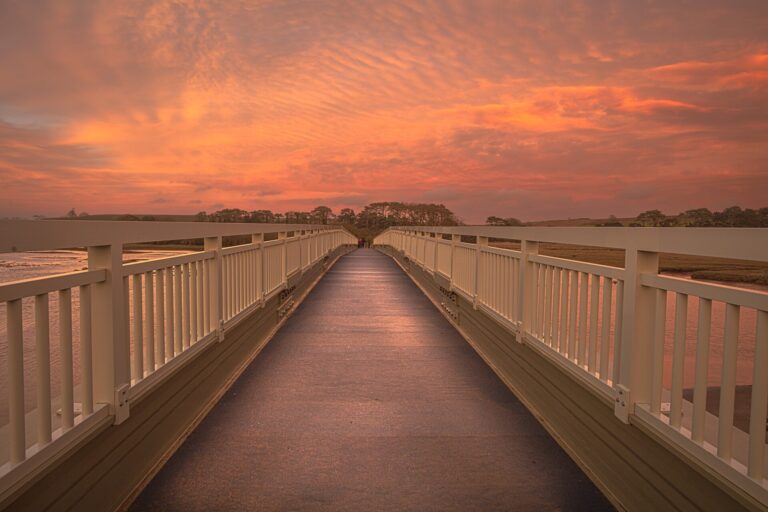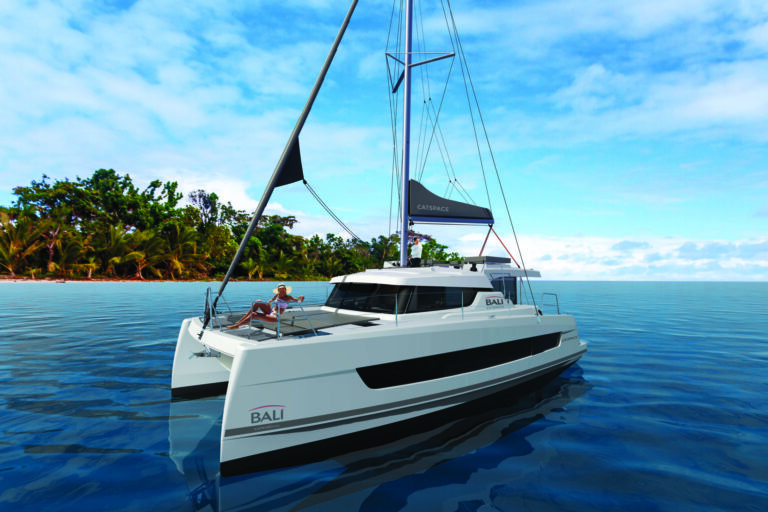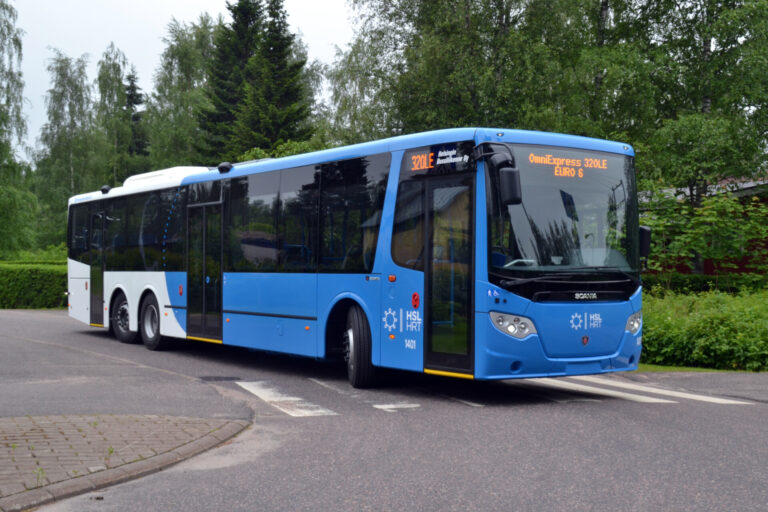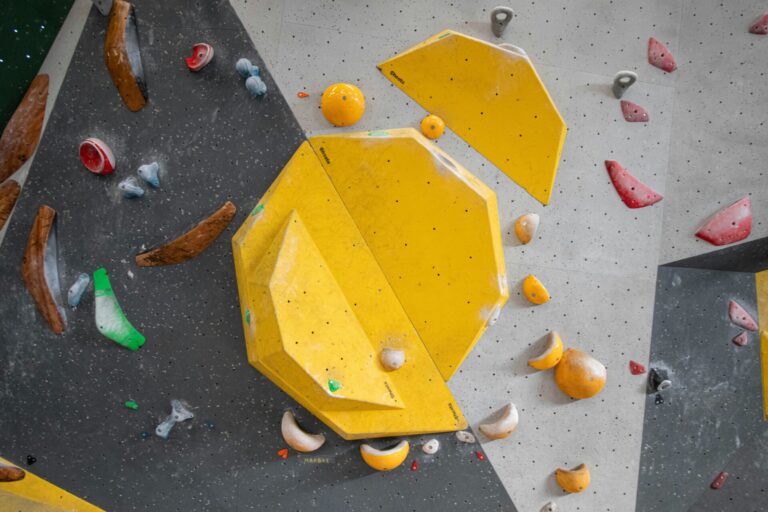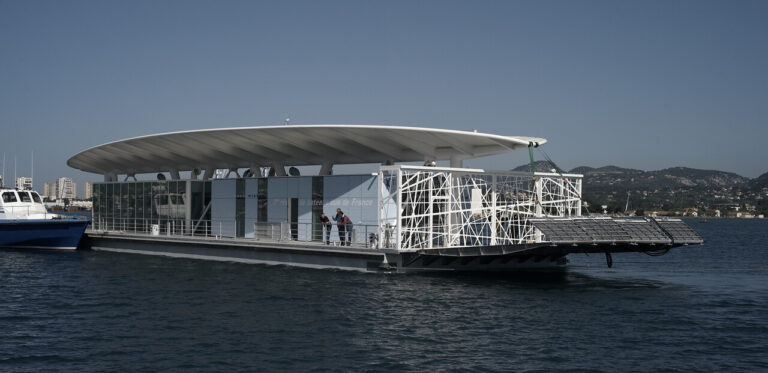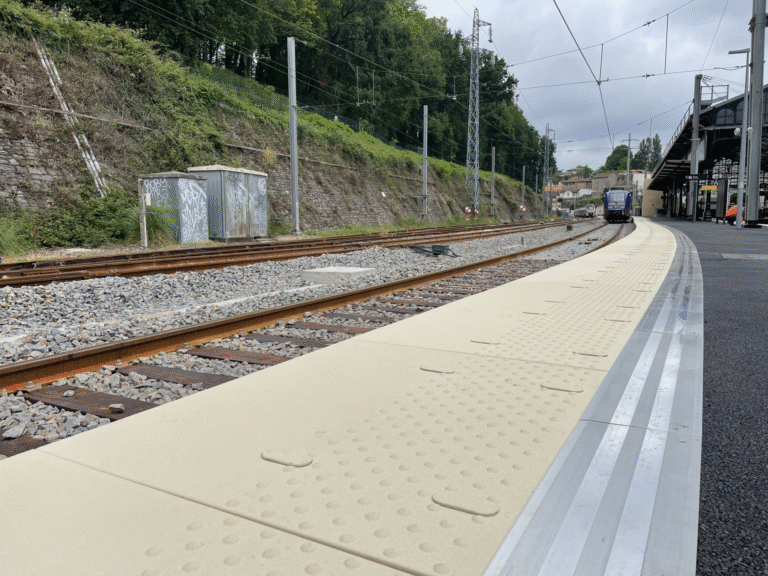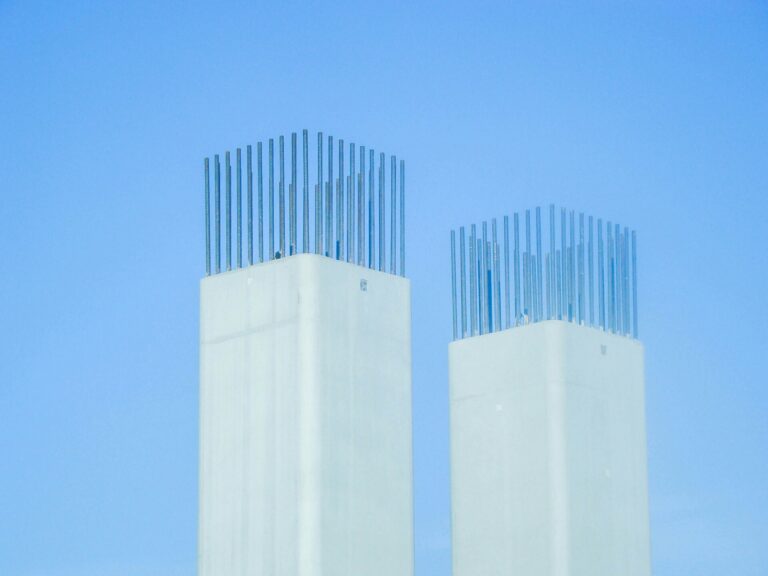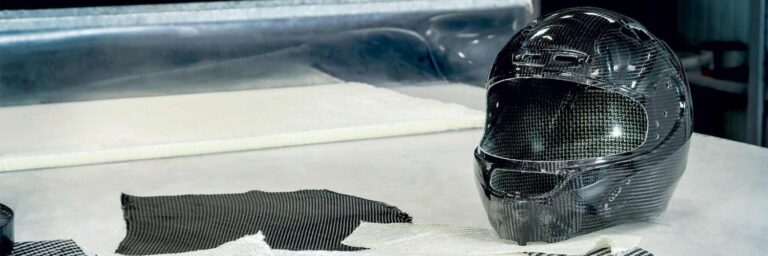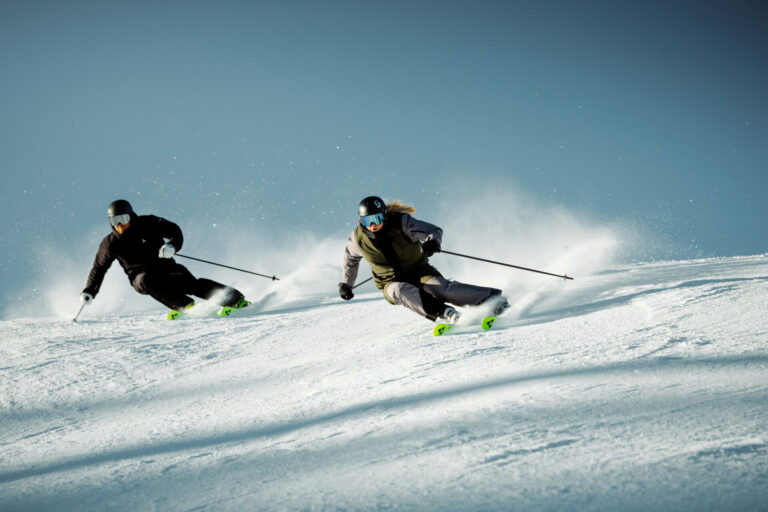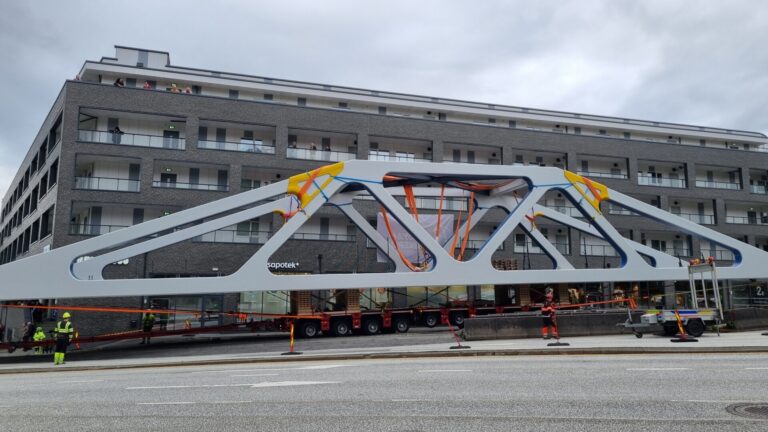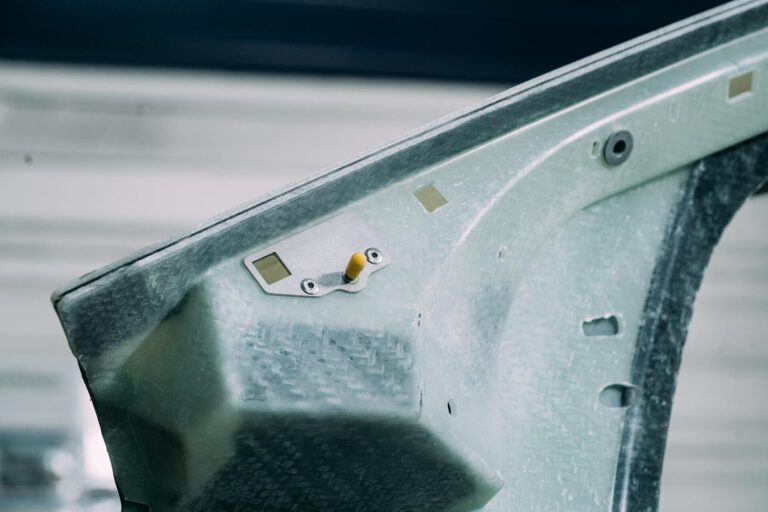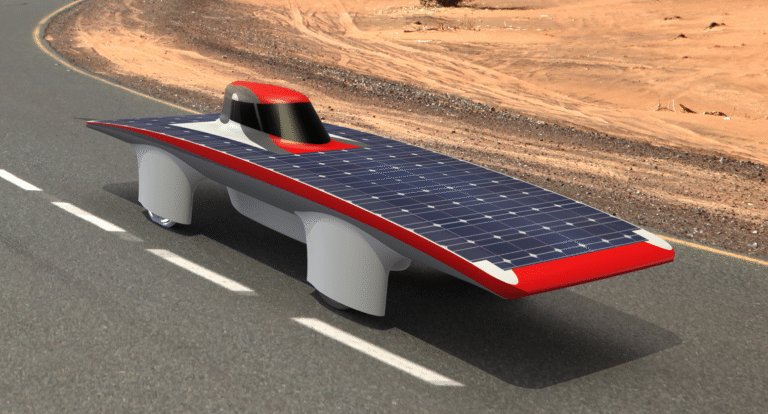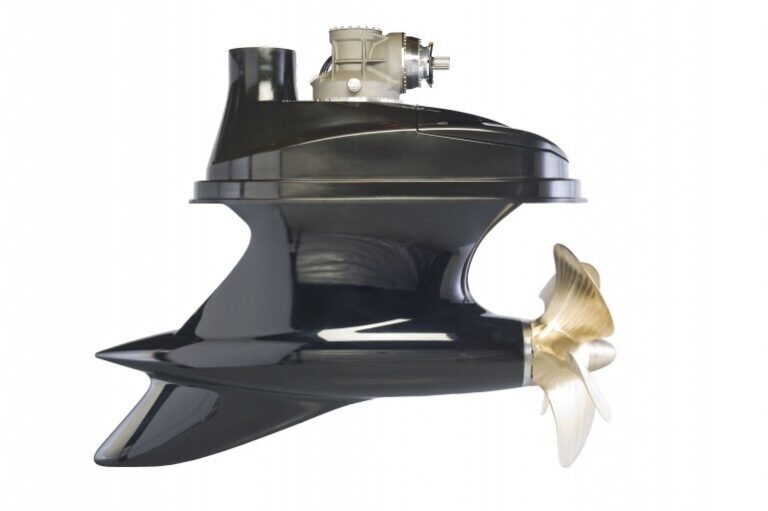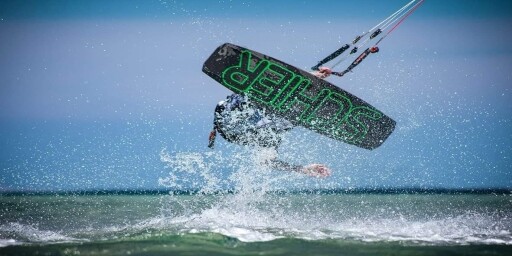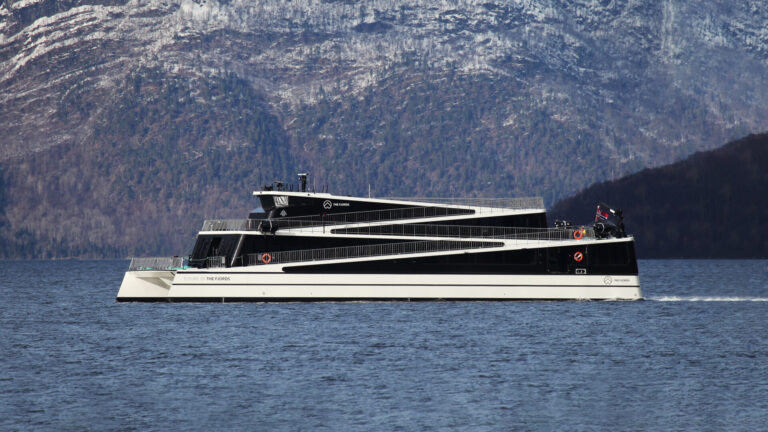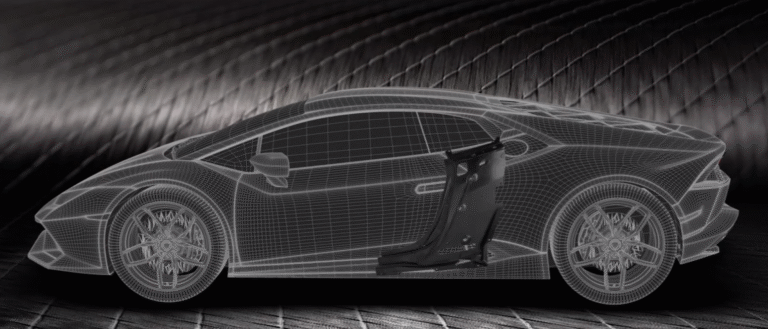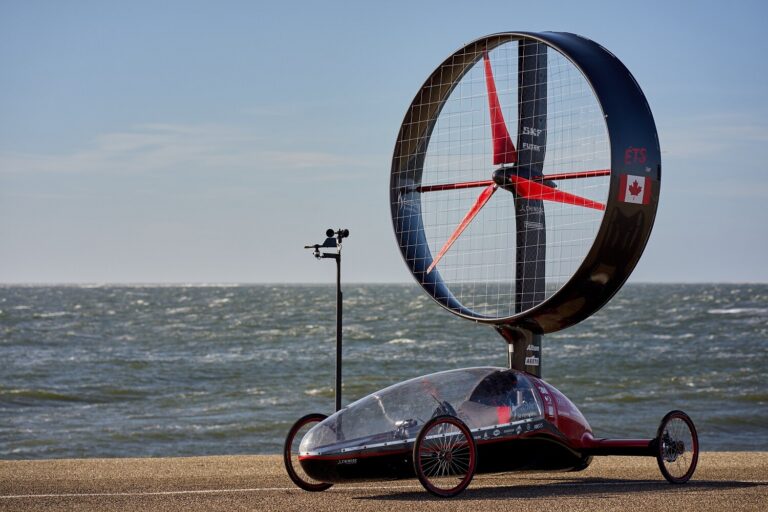Our references
SAERTEX in use worldwide
Customers in the wind, aviation, automotive and sports industries use composites for lightweight and robust structures. Our references show how SAERTEX reinforcement materials made of glass, carbon and aramid fibers make components lighter, stronger and corrosion-resistant.
With our products and decades of engineering expertise, we provide the basis for the realization of fascinating projects. What you see here is just a glimpse of our capabilities. We would be happy to tell you more about our customers and projects in a personal conversation.
Vision of the Fjords - a legend made of carbon
Since the 1970s, the boatbuilders at the Brødrene shipyard in Hyen, on the west coast of Norway, have been...
Composite materials in bridge construction
The Otter Valley Estuary Pedestrian Bridge, a key element of the Lower Otter Restoration Project, marks significant progress toward climate adaptation...
SAERTEX® Materials in the Bali Catspace
BALI catamarans are manufactured by HACO Shipyard in El Haouaria, Tunisia. The Tunisian shipyard is part of the French CATANA...
SAERTEX LEO® for the roof of the Norman Foster Foundation
The British architectural firm Foster + Partners, under the direction of the famous architect Lord Norman Foster, is one of the...
SAERfoam® in truck bodies
Founded in 1982 and based in Ried, Austria, Steiner develops and produces high-quality and innovative products for the...
SAERfoam® in domed roofs
The French group Bouygues SA, headquartered in Paris, is the fifth largest European construction company. Bouygues has been a...
SAERfoam® for Scania city buses
Ekin Muovi Oy, a Finnish family business, recognized the benefits of using SAERfoam for the first time during an industrial...
SAERfoam® for climbing wall
CLIMB-UP started about 5 years ago at BSS Composites d.o.o. in Slovenia. Jani Grašič, General Manager, has worked with...
SAERfoam® for ferry terminal
The newly designed floating structure was commissioned by the TPM regional authorities, who work together with the Atelier 5 design office, and...
SAERfoam® for platforms
"Développement Composite" is a newly established company founded by an experienced and complementary trio: Julien...
SAERfix® for pipeline repair
Canal de Isabel II is the company responsible for the drinking water supply in Madrid and supplies 9.73...
SAERfix® in catamaran construction
Founded in Marseille in 1991, the H2X shipyard carries out conversions and new builds of motor and sailing yachts in monohull and...
SAERcore LEO® for rail vehicles
BARAT has been a world-renowned supplier to the rail industry (rolling stock) for 25 years and manufactures interiors, doors,...
Pultruded crossbars and profiles with glass NCFs
Reinforced profiles for Brazil's energy infrastructure: ENMAC, a leading manufacturer of high-performance fiber-reinforced composite profiles, is producing cross beams for...
Infusion of a 45 m rotor blade belt
Together with the DLR in Stade (German Aerospace Center), the project partners SAERTEX and Covestro have...
Hybrid NCF for X-lite motorcycle helmets
The Italian company NOLANGROUP is the largest manufacturer of helmets in Europe. Under the names Nolan and Grex...
Flax NCF for IDB Marine Mojito 650
The French shipyard idb marine combines performance and sustainability in boat building with SAERTEX flax fabrics.
Fischer Ski
Fischer Sports is the global market leader in Nordic skiing and one of the world's leading brands in alpine skiing, known for...
The Paradis Bridge
The Paradis Bridge in a small suburb of Bergen, Norway, is an innovative structure that will shape the future of...
Compositec x SAERTEX®
Compositec (formerly Faurecia Automotive Composites) is one of the leading independent specialists in lightweight and high-performance fiber composite solutions. The company is considered...
Carbon fabric for Eclipse 9
Since 1992, scientists and students at the École de technologie supérieure (ETS) in Montréal, Canada, have been researching and developing...
Lightweight carbon components for Rolls-Royce
The engine and marine engine manufacturer Rolls-Royce is relying on its newly developed carbon Azipull65C propulsion system, which is used in the mega yacht...
Carbon wakeboards
The North German company Schier Boards, which is based in Stade near Hamburg, manufactures handmade boards from SAERTEX materials.
Carbon NCF for sustainable fjord catamarans
Three modern sightseeing ships, one common goal: Together with Brødrene Aa, SAERTEX has started the development of three further light...
Carbon NCF for the Lamborghini Huracán
Lightweight construction in a super sports car: AUDI relied on innovative lightweight construction expertise from SAERTEX for the structural B-pillar of the Lamborghini Huracán -...
Carbon NCF for Chinook ETS
Once a year, international student teams search for the world champion in the development and realization of so-called headwind vehicles. At the Aeolus...
CAPiTA Snowboards
The Austrian company CAPiTA, based in Feistritz, produces handmade snowboards with 100% clean energy in its own factory.
Aventura Yachts x SAERTEX
Modern catamarans must be light, robust and efficient - even under demanding conditions at sea. For the new Aventura...
Aramid NCF for sailcloth
Our internationally positioned customer Contender Sailcloth from the Netherlands supplies sailmakers all over the world with a comprehensive range of...
100% Reinforcement materials for the Atlantide IV
The GATTO shipyard relies on 100% SAERTEX reinforcement materials for its latest passenger boat. The boatbuilding company based in the south of France specializes in...
Frequently asked questions
Responsible. Innovative. Transparent. Sustainability is an integral part of our corporate strategy - from raw materials to production. In the FAQ you will find answers to our commitment, initiatives and goals for a greener future.
In which industries are SAERTEX products used?
Our solutions are used in wind energy, shipbuilding, the automotive industry, aviation, construction, sports equipment and more.
For which applications in the wind energy sector are SAERTEX products suitable?
Especially for rotor blade structures, root reinforcements and reinforcements in the blade tip or in the transition area.
How are SAERTEX fabrics used in aviation?
They are used in interior linings, seat structures, wings and other weight-sensitive components.
Can SAERTEX materials be used in rail vehicle construction?
Yes, for example for lightweight walls, floor structures or roof components to reduce weight and save energy.
Are SAERTEX products used in automotive engineering?
Yes, especially for structural components, crash elements and lightweight solutions in series production and motorsport.
Are SAERTEX products also used for military purposes?
Our products are used in military defense worldwide.


